Features of Ultra High Speed Cameras
Ultra high-speed cameras come with several advanced features that make them capable of capturing and analyzing events that occur at incredibly high speeds. Here are some key features commonly found in ultra high-speed cameras:
- High Frame Rates: Ultra high-speed cameras are capable of capturing extremely high frame rates, often exceeding 100,000 frames per second (fps) and reaching millions of fps. This allows for the detailed analysis and slow-motion playback of fast-moving events.
- Resolution: These cameras offer varying levels of resolution, ranging from standard definition to high definition (HD) and even ultra-high definition (4K or higher). Higher resolution provides more detailed image capture, crucial for analyzing fine details of high-speed phenomena.
- Shutter Speed and Exposure Control: Ultra high-speed cameras have fast shutter speeds, often in the microsecond or even nanosecond range. This helps freeze fast-moving objects and minimize motion blur. They also provide precise exposure control, allowing for optimal image capture in different lighting conditions.
- Sensitivity and Low Light Performance: Ultra high-speed cameras employ advanced sensor technologies to enhance light sensitivity. This enables them to capture clear and detailed images even in low-light environments, ensuring high-quality footage in a wide range of conditions.
- Image Buffering and Memory Capacity: To handle the large volume of data generated by high-speed recording, ultra high-speed cameras typically have a large internal memory or external storage options. This allows for extended recording durations and the ability to capture bursts of high-speed events.
- Triggering and Synchronization: These cameras often feature advanced triggering and synchronization capabilities, allowing precise timing and coordination with external events or triggers. This enables the synchronization of multiple cameras or the integration of the camera with other equipment or measurement devices.
- Data Transfer and Connectivity: Ultra high-speed cameras usually offer fast data transfer options, such as high-speed interfaces like Gigabit Ethernet or USB 3.0/3.1. This facilitates quick and efficient transfer of recorded data to a computer or storage device for analysis. Some cameras also provide remote control and monitoring options through software interfaces.
- Analysis and Measurement Tools: Many ultra high-speed cameras come with built-in analysis and measurement tools, such as motion tracking, velocity measurement, and particle tracking algorithms. These tools aid in the quantitative analysis and characterization of high-speed events.
- Compact and Portable Designs: While not a universal feature, some ultra high-speed cameras are designed to be compact and portable, allowing for easy deployment in various settings, including field experiments or industrial environments.
It’s important to note that the specific features and capabilities of ultra high-speed cameras can vary depending on the model and manufacturer. Researchers and professionals can choose cameras based on their specific requirements, such as frame rate, resolution, sensitivity, and connectivity options, to suit their applications and experimental needs.

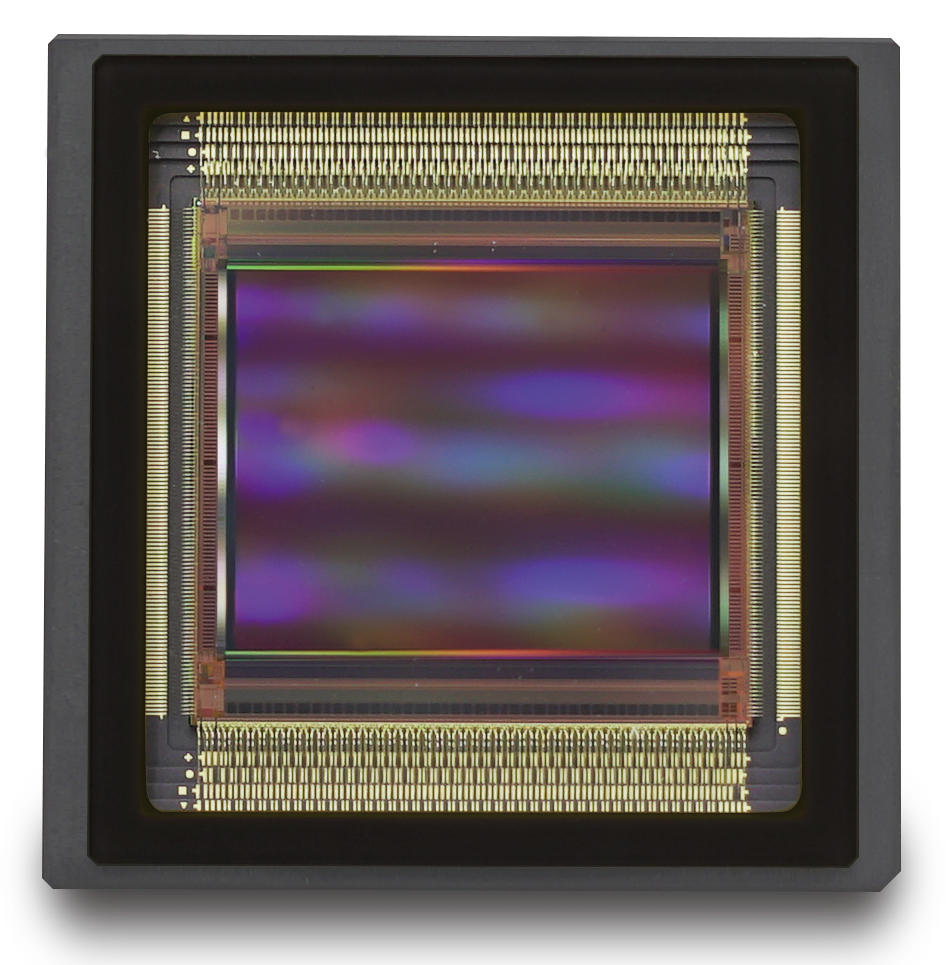
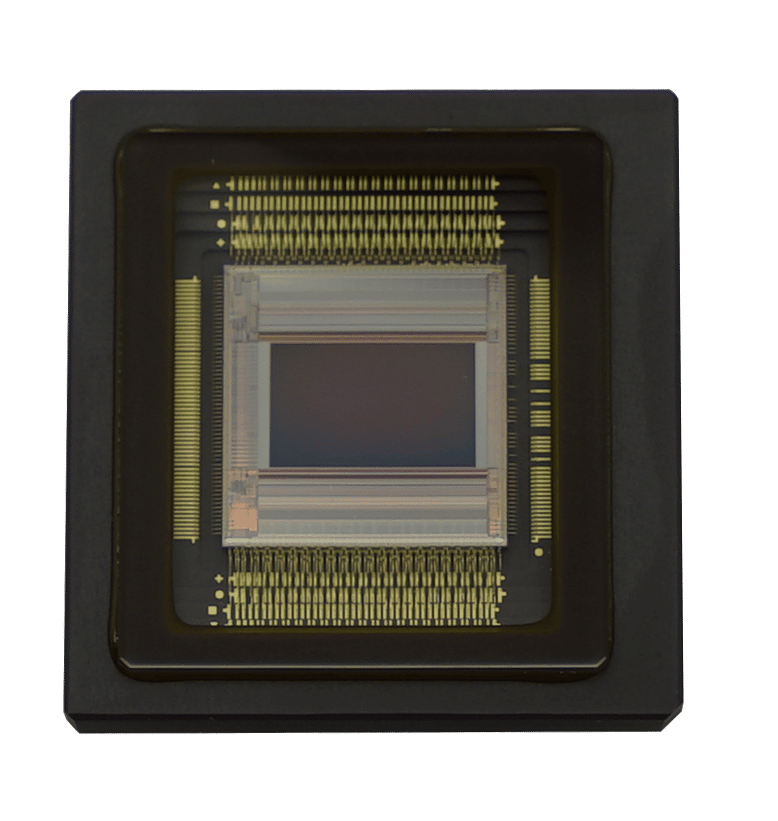
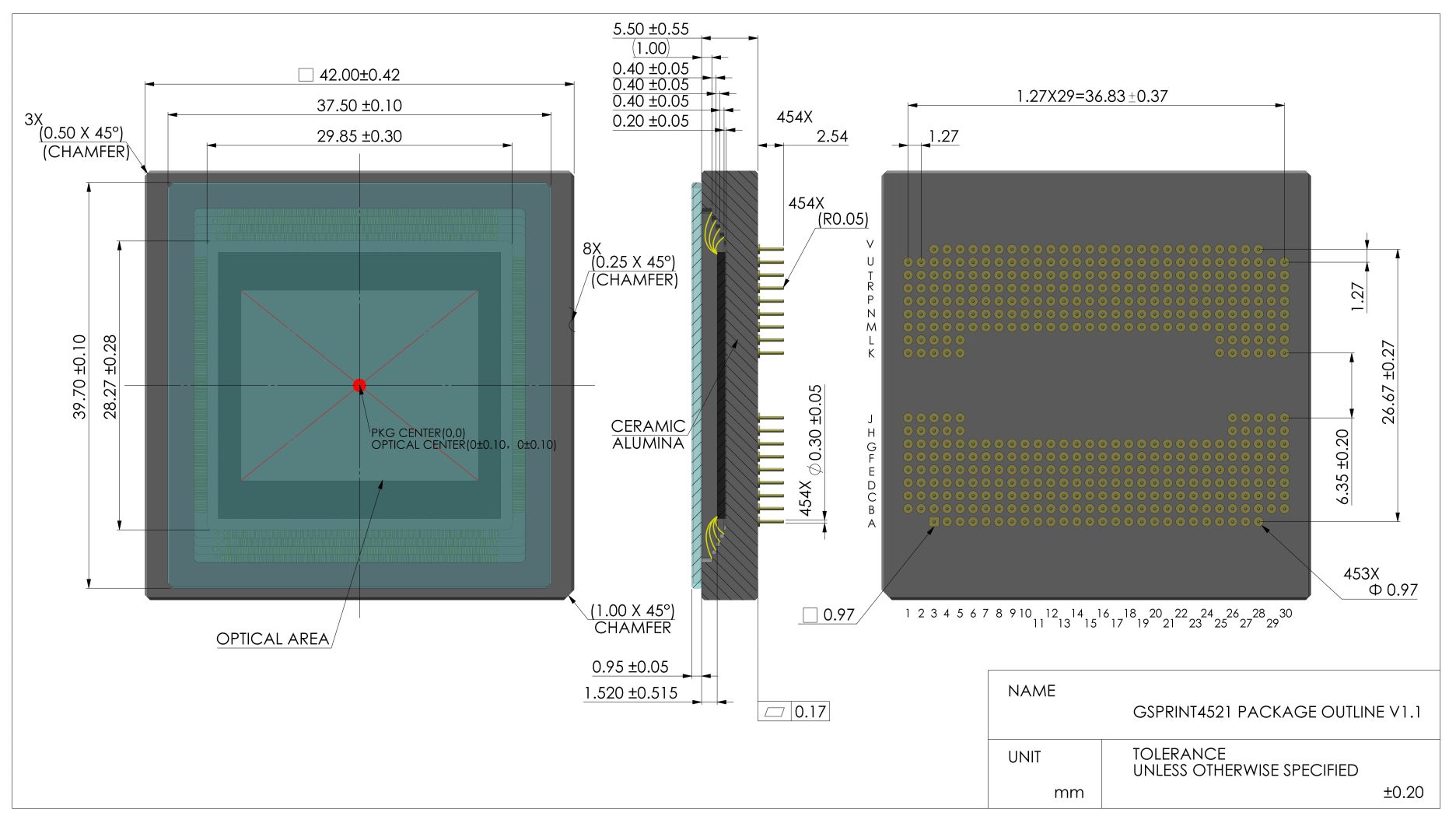
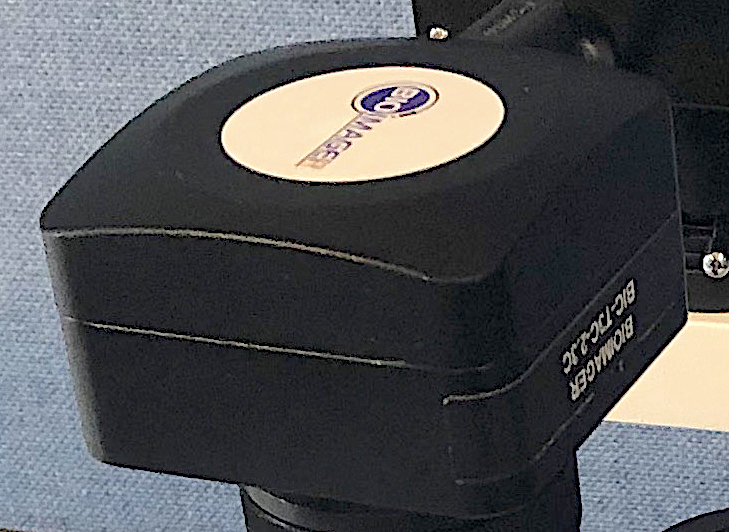
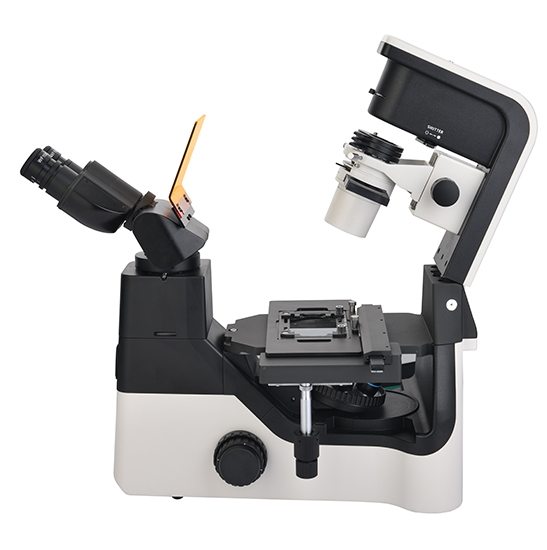

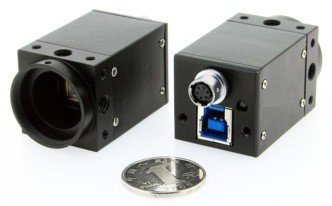
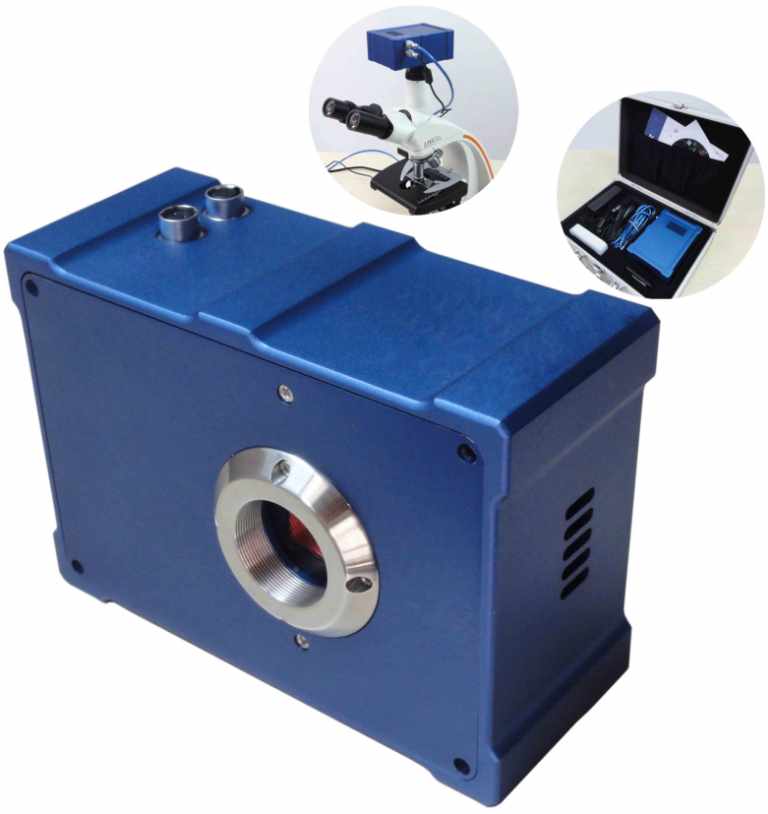
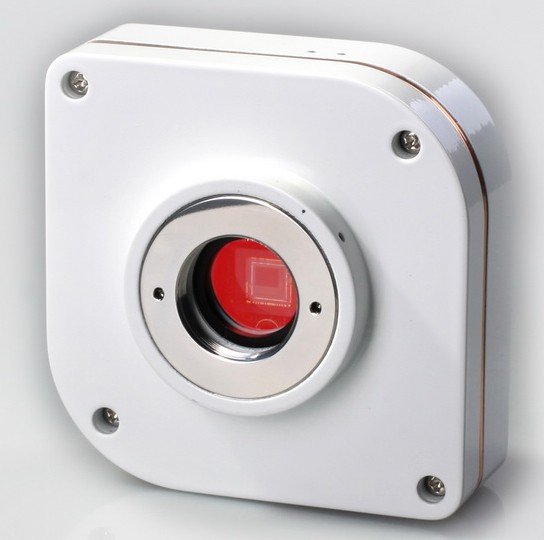
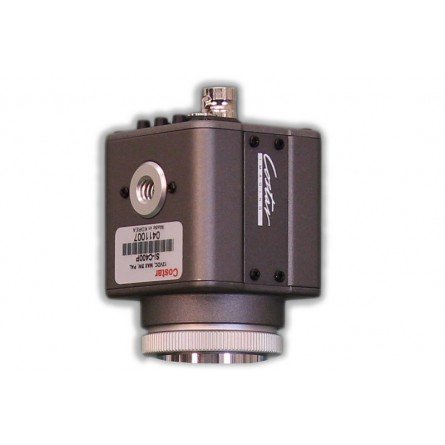
Reviews
There are no reviews yet.